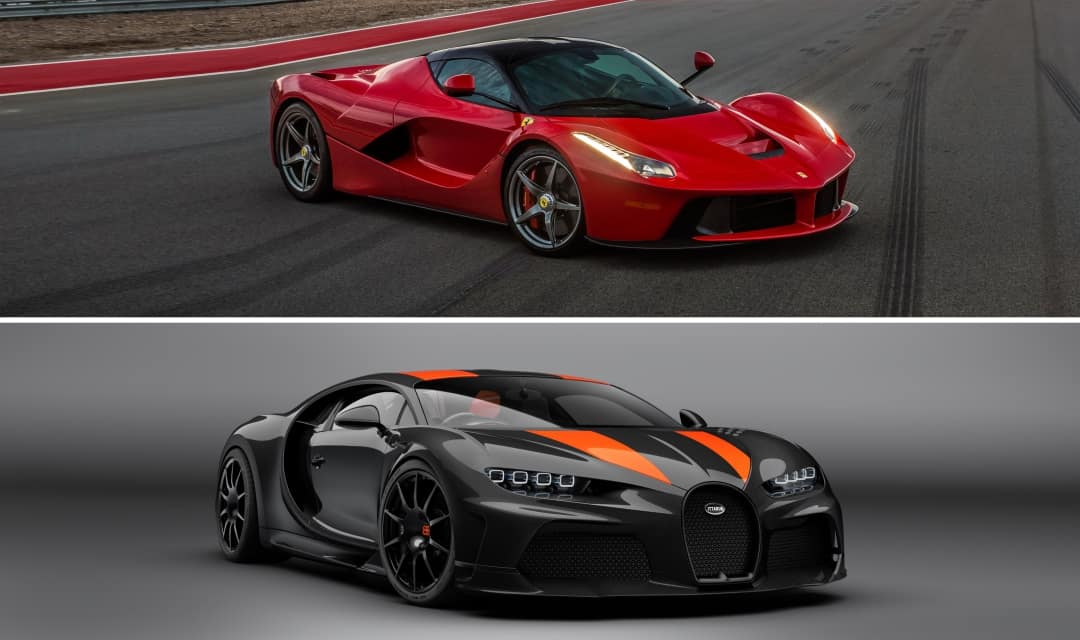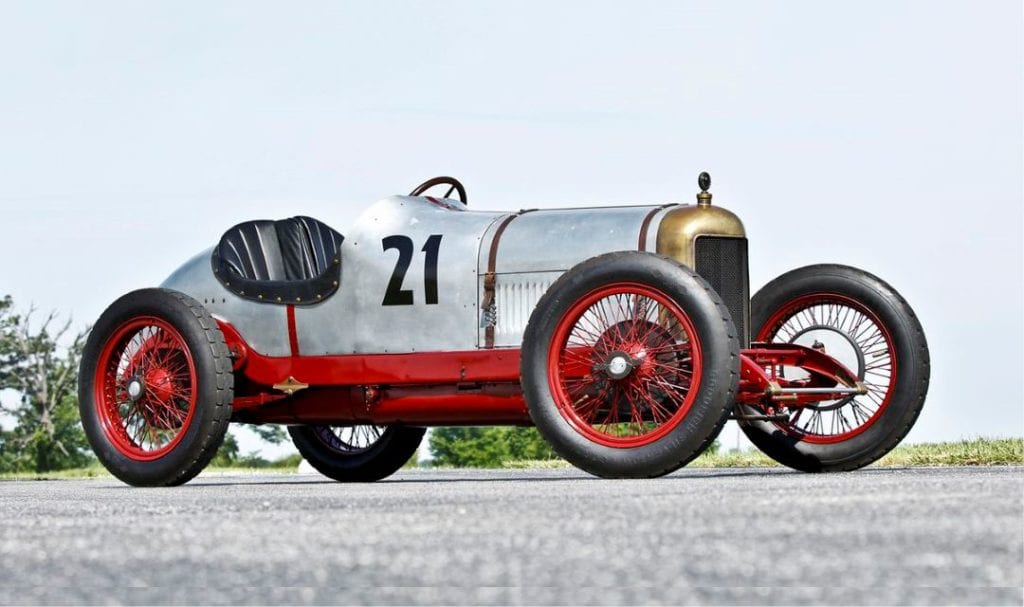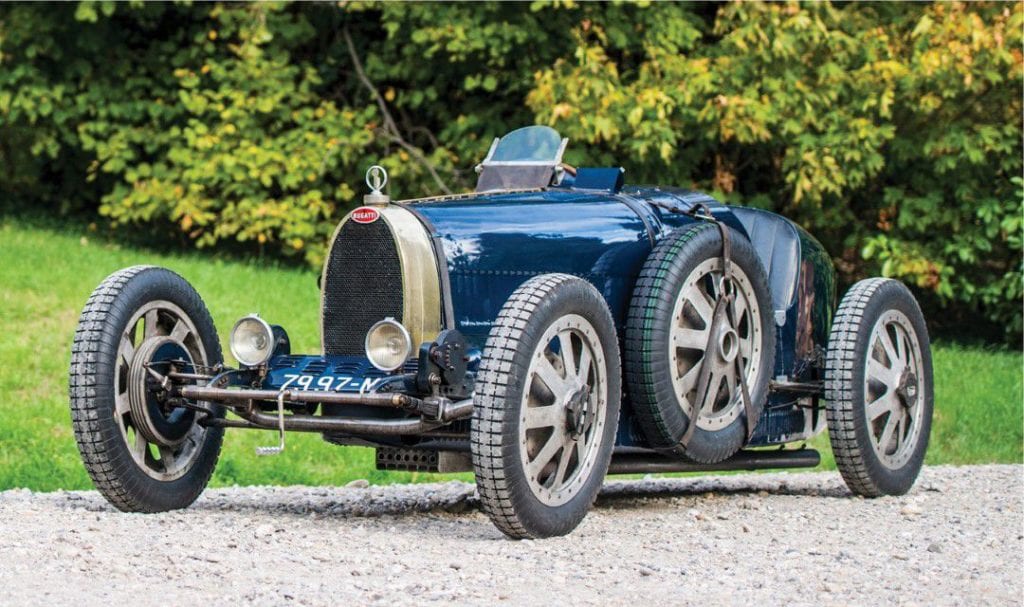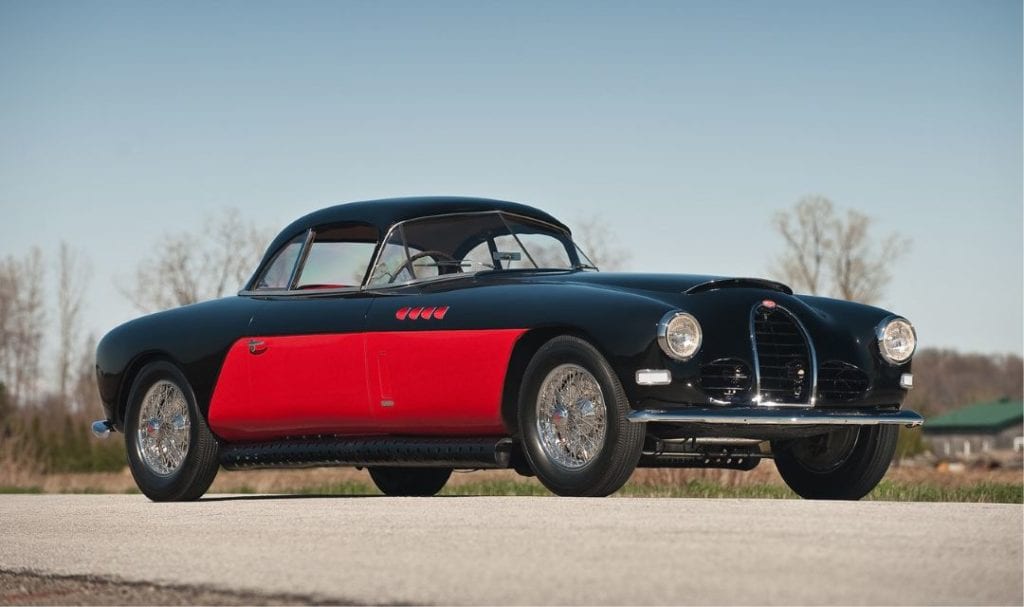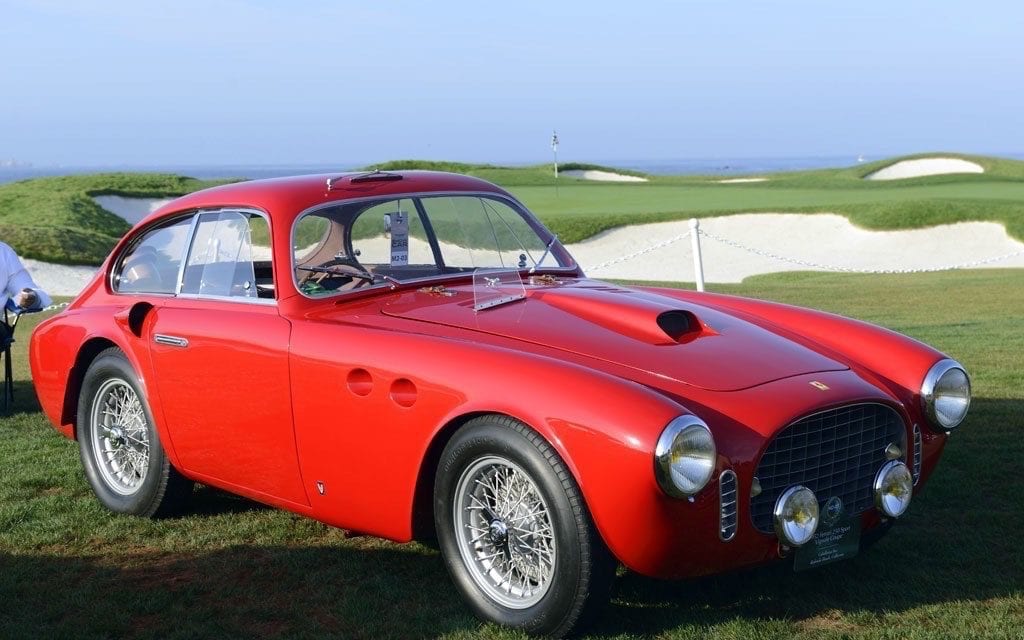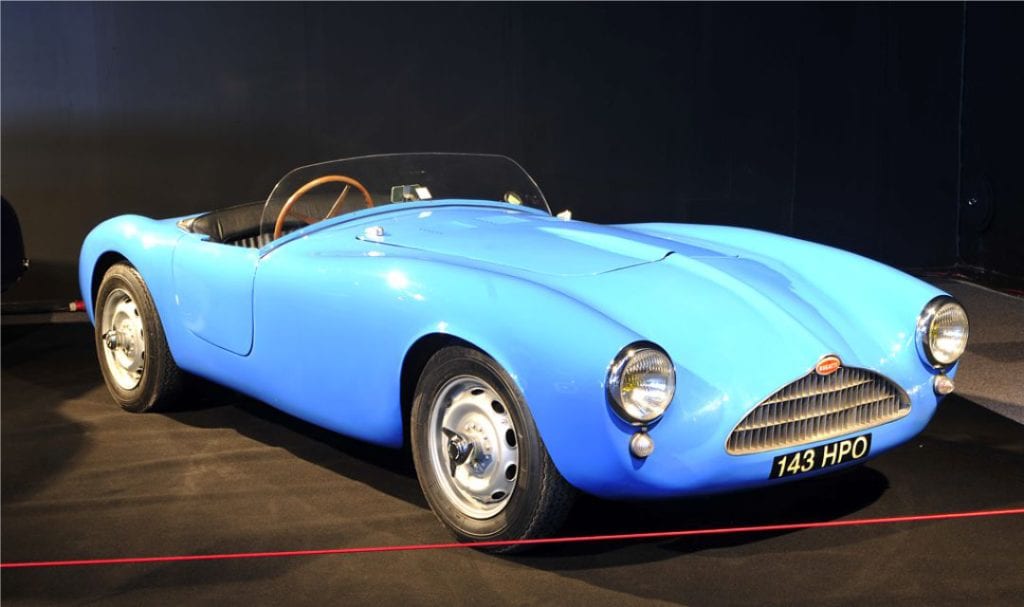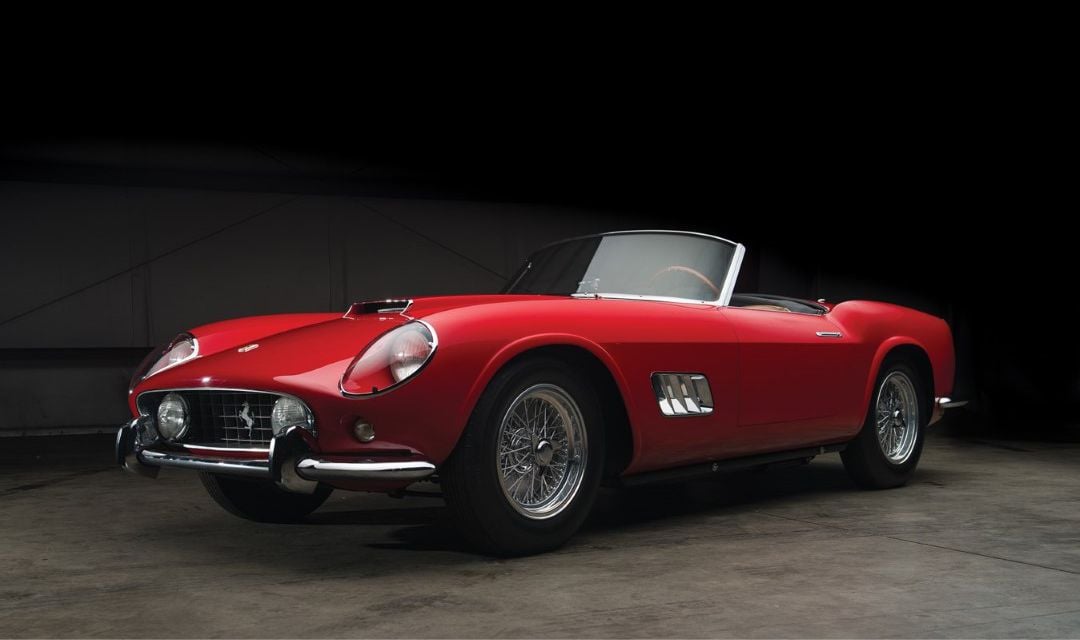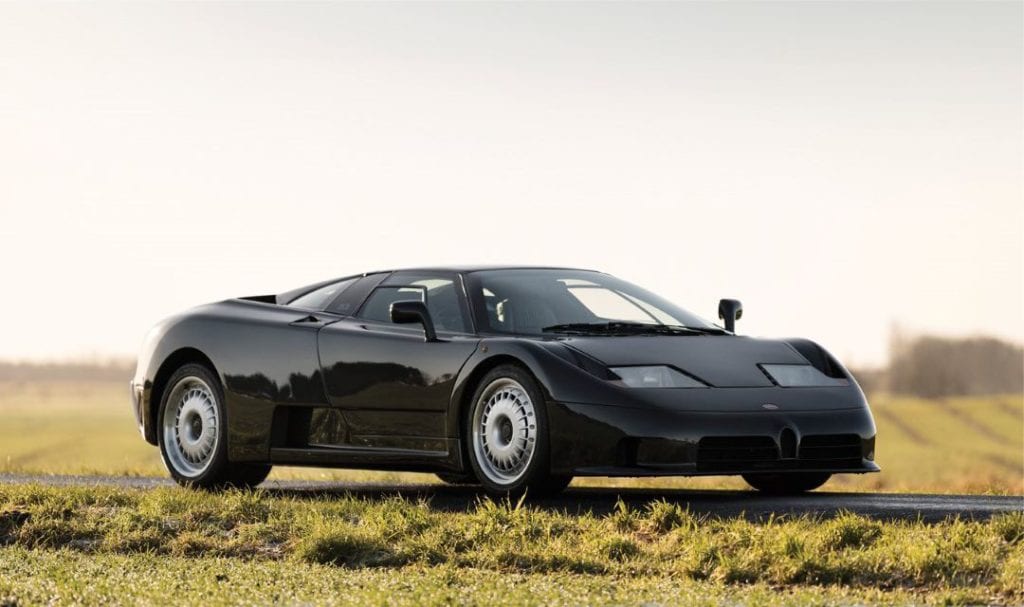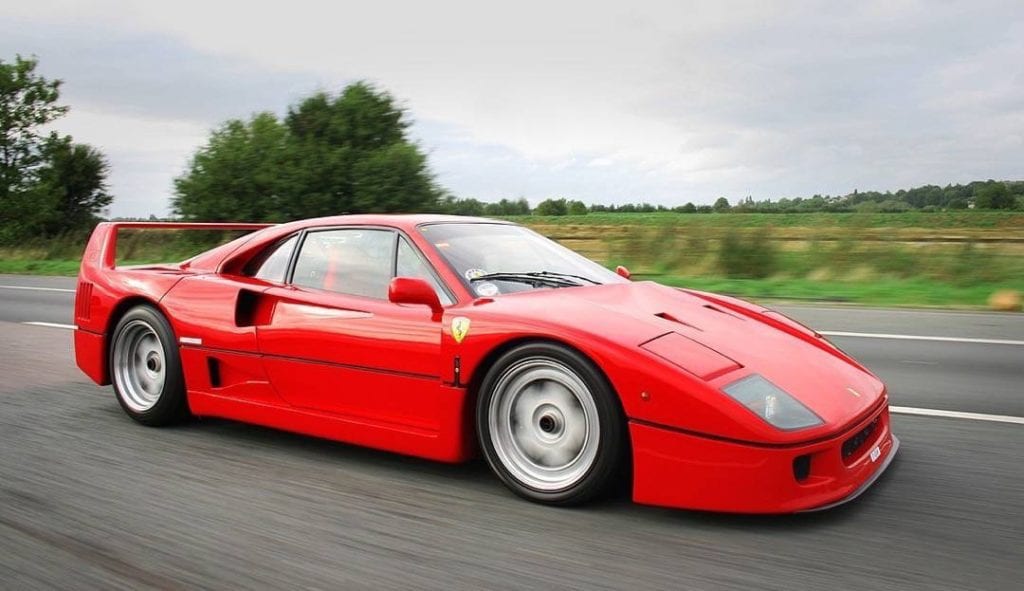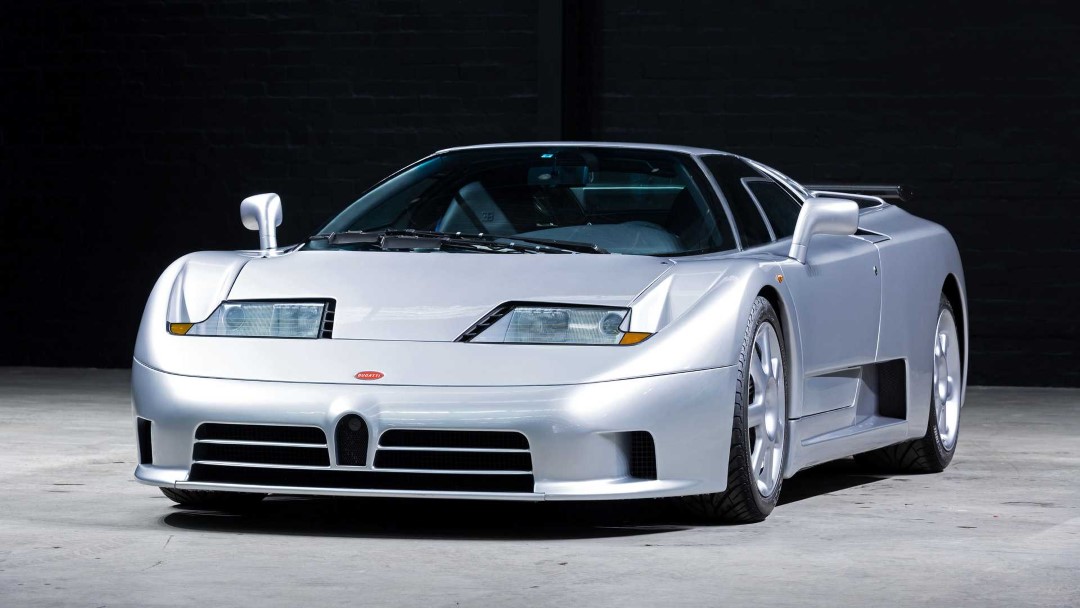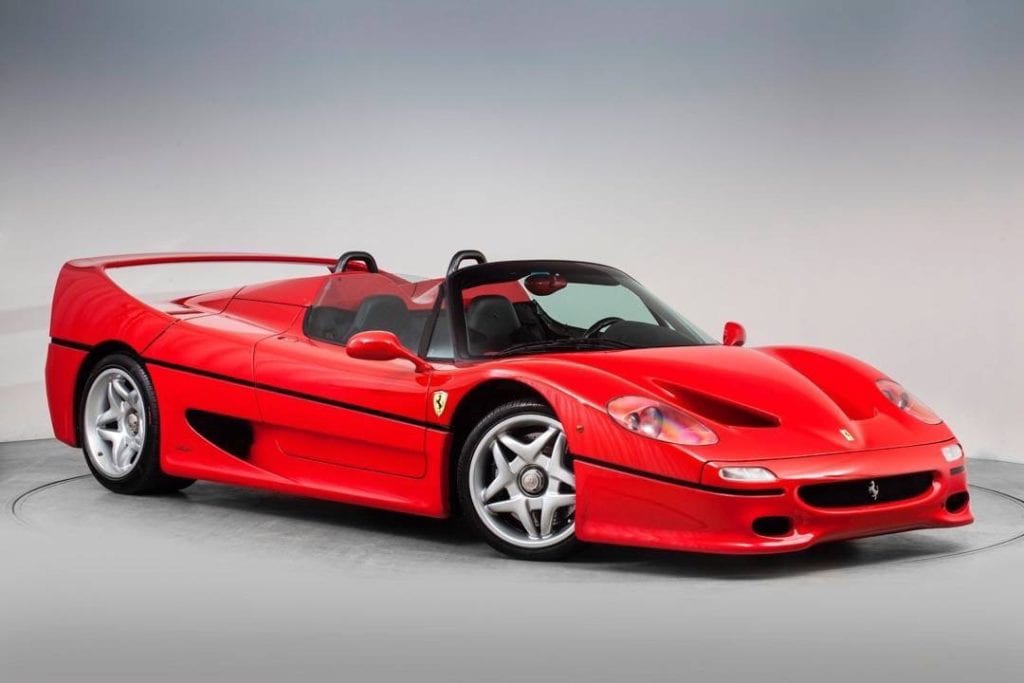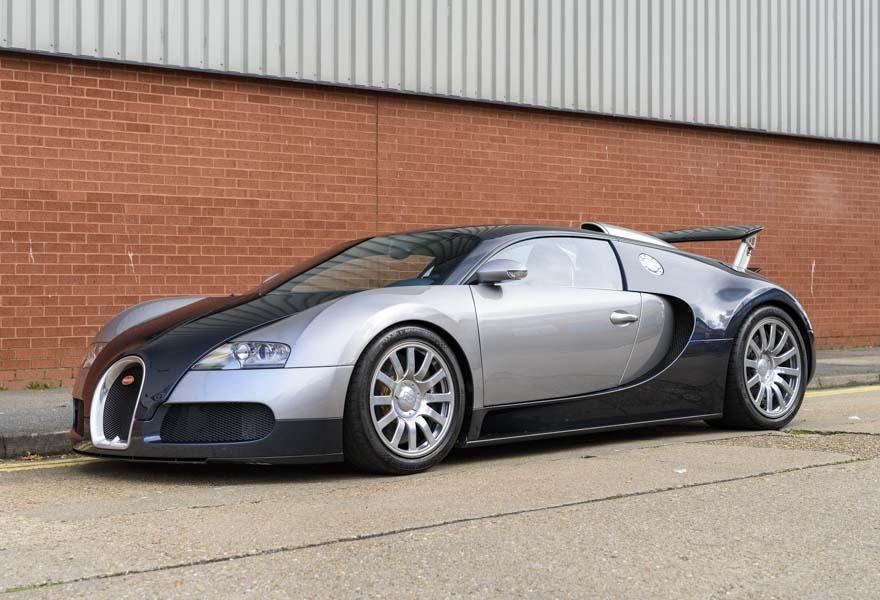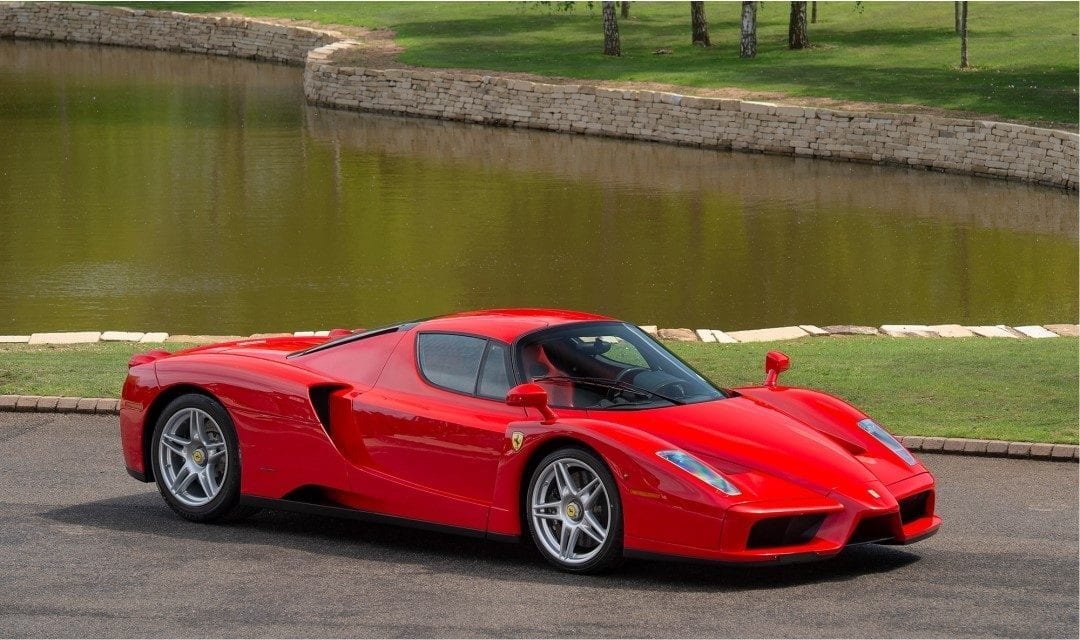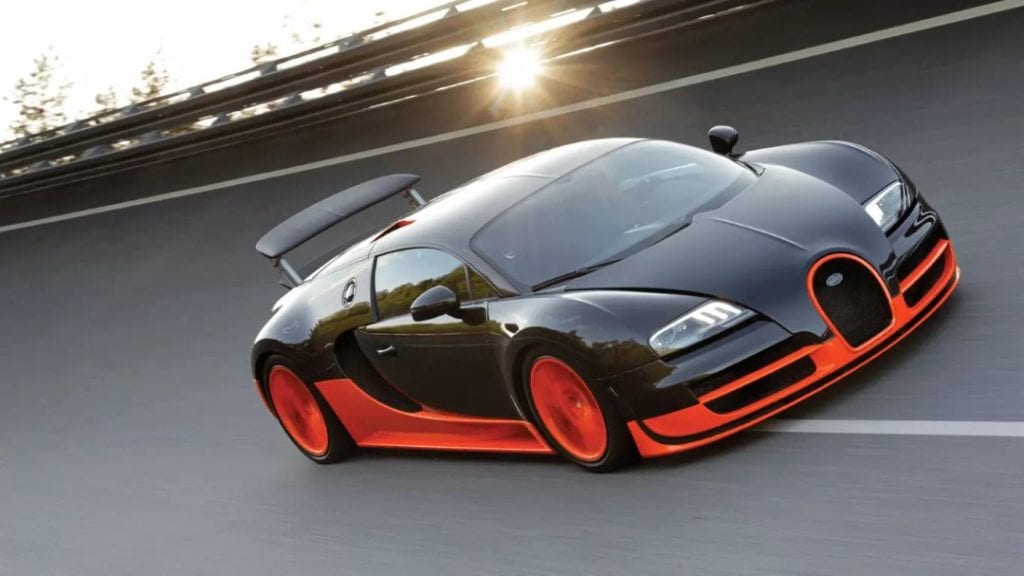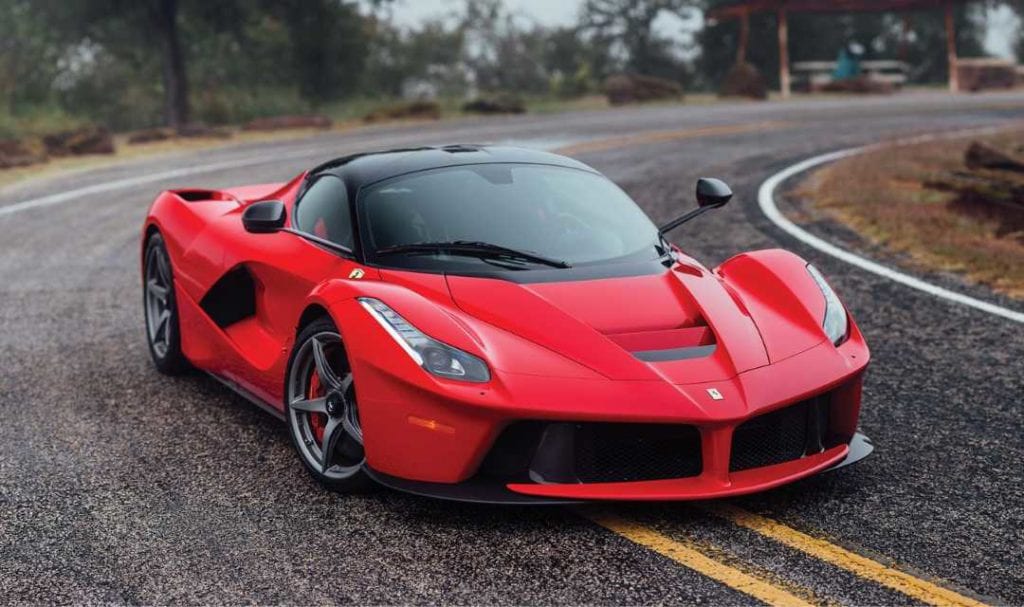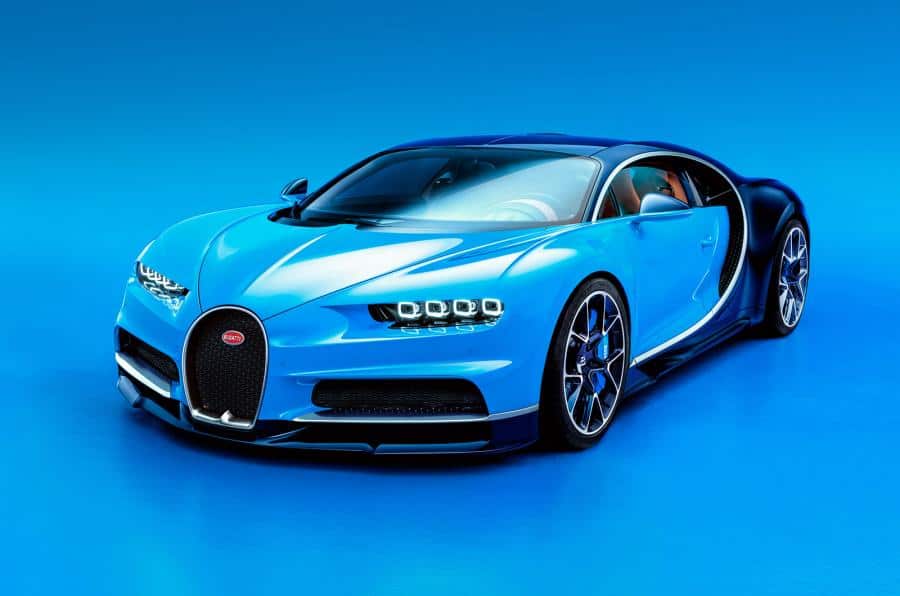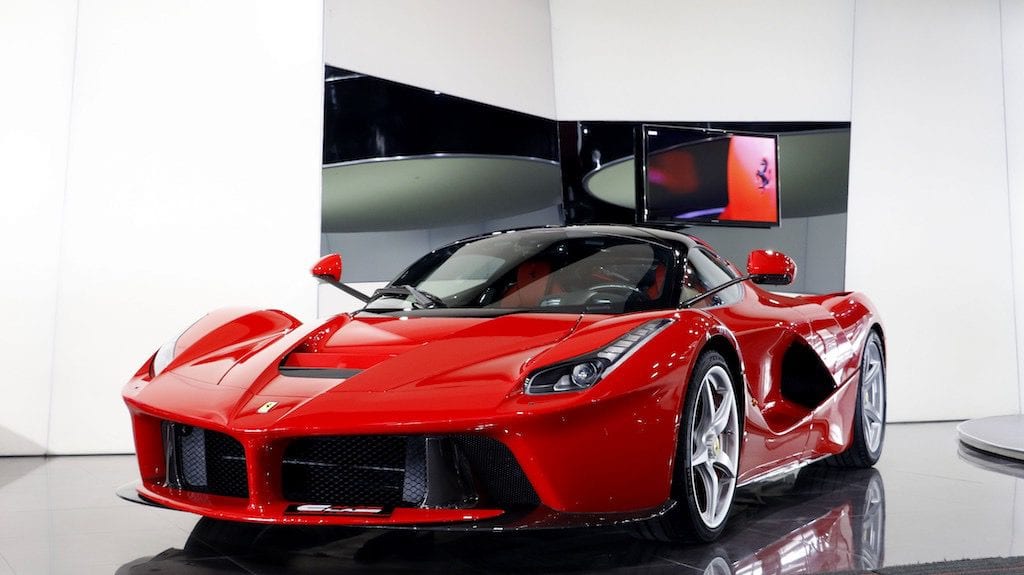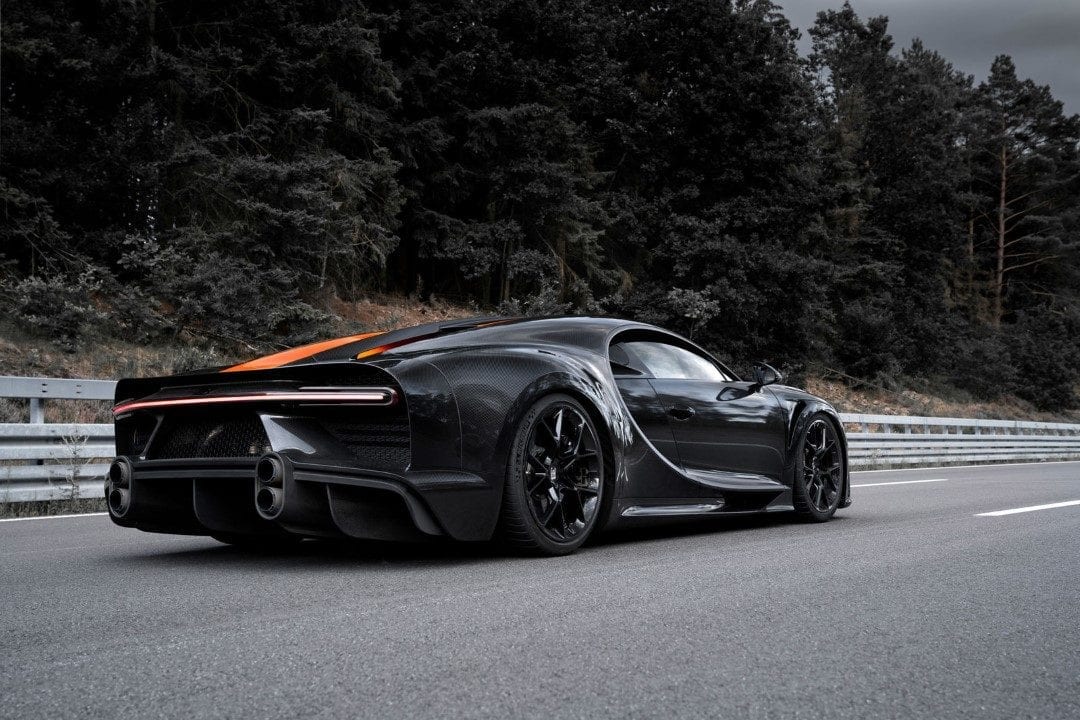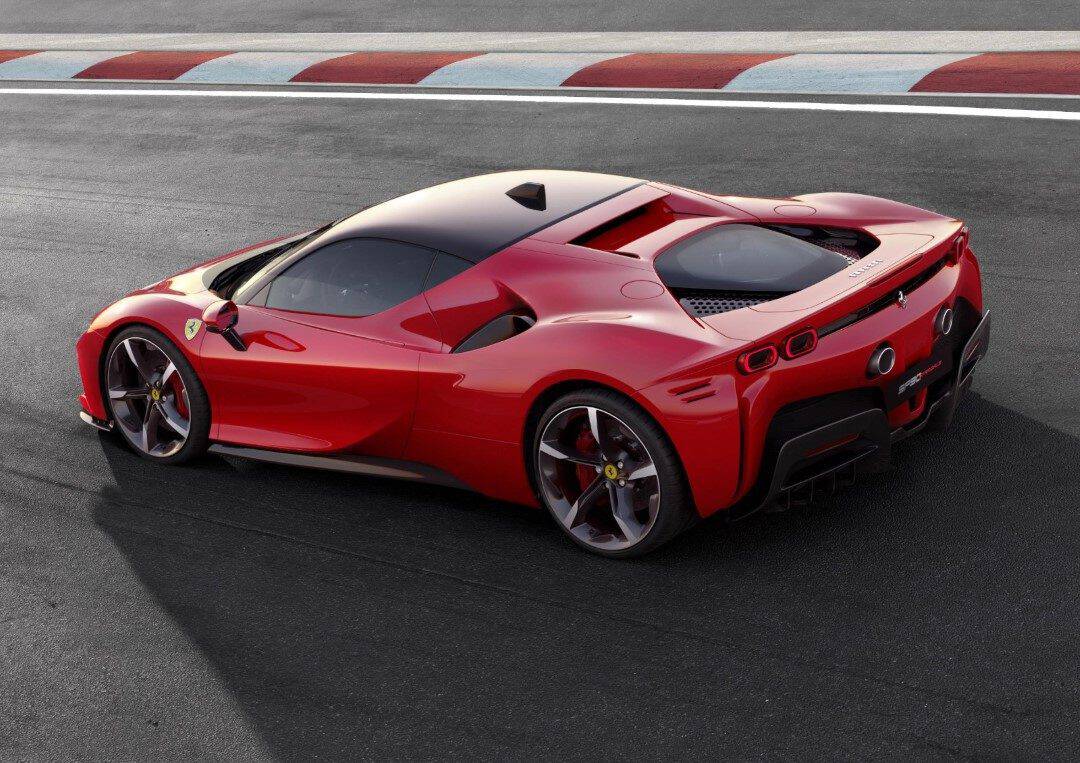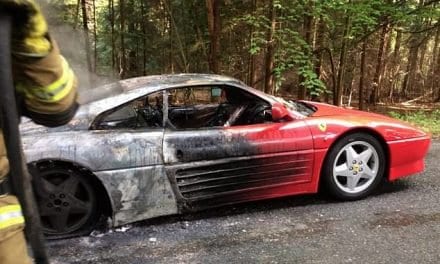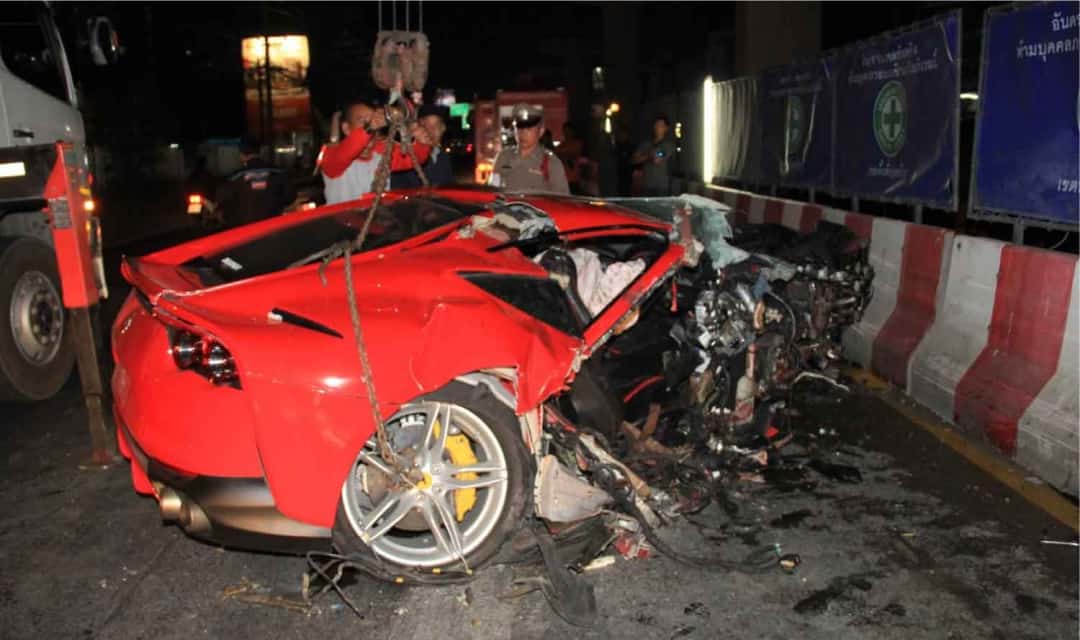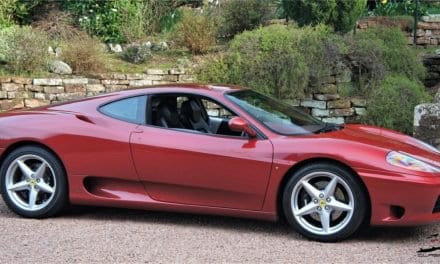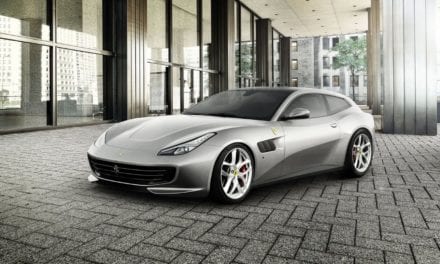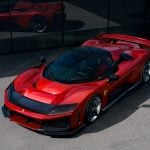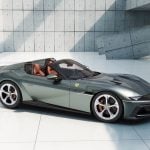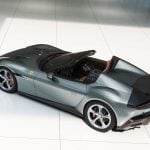Bugatti and Ferrari are two of the most evocative cars that are still in production today. They both have a history that takes you back to an era when cars were designed with beauty and style at the forefront. However, for Ferrari, with their focus on racing, the performance was equally as important.
Both brands make Hypercars, but is a Ferrari faster than a Bugatti?
Since 1991, all Bugatti models have been faster than the equivalent Ferrari, both in terms of acceleration and top speed. Looking at the Bugatti EB110, Veyron, and Chiron models, all have been faster than the Ferrari models. Ferrari has chosen not to make a car to compete with the Bugatti models.
But how close was it? Let’s have a look.
ROUND 1 – THE EARLY YEARS (1910 – 1937)
Bugatti started to make cars long before Ferrari was in existence. The first Bugatti was made in 1910, or 37 years before Ferrari made their first road car. The Bugatti Type 13 was their first model and was a dinky little 2 seater sports car.
My favourite car from this era was the 1924 Bugatti Type 35 which is everything you want from an open-top tourer from this era. It is perfectly proportioned, from every angle, and according to Jay Leno who ones one is great fun to drive.
With no Ferrari in this round, there can only be one winner.
Winner: Bugatti – Ferrari did not make any cars in this period
ROUND 2 – THE 50’S BUGATTIS VS FERRARI (1951 – 1957)
The Bugatti name disappeared from the scene for 14 years, and in 1951 Bugatti re-formed to launch the Bugatti Type 101. As with many Bugatti’s that preceded it, the Type 101 was beautiful with a long bonnet and curved rear window. The car looks purposeful and seems to be a strong contender against the Ferrari.
In contrast, the Ferrari that could be placed in direct comparison is the 1952 Ferrari 250. This too was a front-engined V12 coupe and was capable of 155mph. In 1952!
The Ferrari’s engine produced 230 hp, versus the Bugatti’s 135 hp. We don’t need to dive much deeper to understand that the Ferrari is the clear winner.
But this was not the only Bugatti launched in the 1950s, as they also tried to launch a little known small roadster called the Bugatti Type 252. Made in 1957, there is only one in existence, and it was produced as a prototype to try and find buyers. They didn’t find any, so no further models were produced.
If we were to match this to any car it would be the mighty 1957 Ferrari 250 California. Really? Just on looks alone, the 250 California wins hands down. We do not have performance figures for the Bugatti, but I think it is clear to say there is only one winner here. Ferrari.
Winner: Ferrari – Bugatti’s attempted comeback was crushed by Ferrari’s golden era.
ROUND 3 – THE BUGATTI EB110 (1991 – 1995)
The revival of the Bugatti name in 1991 surprised many, but the mystic of the brand wanted many to see it succeed. Ferrari’s F1 ace driver at the time was none other than Michael Schumacher, and he famously purchased a yellow Bugatti EB110. If the greatest racing driver in the world purchased one, this must be worth looking at.
But it was the performance numbers that impressed the most. 0 – 62 mph in just 3.6 seconds and a top speed of 213 mph (343 km/h)! This was a road car so the performance was mighty impressive.
At the time Ferrari was not making any road car that could come close to these numbers. Ferrari’s 512TR, the facelift version to the Testarossa could only pull out 0-100km/h in 4.8 seconds and a top speed of 195 mph. Snail’s pace in comparison.
If you look back at the 1987 Ferrari F40, even that could not compete. The F40 manages a 0 – 62 mph time of 4.1 seconds and a top speed of 201 mph. Ferrari’s best was half a second off the pace, and 12 mph off the top speed.
The Bugatti managed all of this in a leather-lined cabin. No wonder Michael Schumacher bought one.
Winner: Bugatti – Even the Ferrari F40 could not compete with the Bugatti EB110.
ROUND 4 – BUGATTI EB110 SUPER SPORTS (1992 – 1995)
As if that wasn’t enough, six months later Bugatti turned up the dial and launched the Bugatti EB110 Super Sports. It was lighter by 150 kg thanks to carbon fibre panels. Also, power was up by 50 hp, now to 603 hp. The result was 221 mph top speed and 0 – 62 mph in 3.2 seconds!
Ferrari had no answer. They would come to launch the Ferrari F50 just as the SuperSport production came to an end, but it was still not enough. The F50 maxed out at 202 mph, and the acceleration was a “sluggish” 3.87 seconds. The Bugatti EB110 SuperSport retained its crown.
Winner: Bugatti – One of the greatest Ferraris ever made, the Ferrari F50 was quick, but not quick enough…
ROUND 5 – BUGATTI VEYRON (2005 – 2015)
Production for Bugatti halted for another 10 years as the company went bankrupt and remained dormant. That was until an unlikely buyer emerged through the VW Audi Group.
They were on a buying spree having already purchased Lamborghini, and everyone was worried the Bugatti would be an Audi parts bin car. They could not have been more wrong.
The first model they launched was in 2005. The Bugatti Veyron. From the ground up this was a unique car, sharing little to no parts with anything else in the VW Group. The car had one purpose, and that was to be the fastest car in the world.
Everyone knew it was going to be quick, but no one knew how quick. The launch model had 987 bhp giving 1250 nm of torque! Combined with a lightweight design, composite materials, and clever aerodynamics the car maxed out at an official 253.81 mph. As if 253 mph is not enough!
But it was not just about top-end speed. The 0 – 62 mph time was insane too. Only 2.46 seconds was needed to achieve this speed, and 124 mph in 7.3 seconds. Amazingly it would accelerate to 250 mph in less than a minute!
By the time the Bugatti was launched, the 2002 Ferrari Enzo was already 3 years old. It would be reasonable to assume that the Enzo would be close, especially since VW was more used to building diesel Golfs rather than Supercars.
But Ferrari was not close. Not even remotely. The Ferrari Enzo accelerates to 62 mph in 3.65 seconds, compared to the Bugatti Veyrons 2.46 seconds. The Bugatti was 32% quicker.
But as you know, its not just about acceleration but top speed too. Here the Bugatti shows even more strength as the Ferrari Enzo is maxed out at 217 mph, a cool 37 mph slower than the Bugatti. Crucially the Ferrari had not surpassed the 250 mph barrier, let alone the 220mph barrier.
Now there are those who will say that the Bugatti is very good at going quick in a straight line, but the Enzo will be the better drivers car. There is truth to that, but the fact remains that the Veyron is in a different league when it comes to out and out performance.
Winner: Bugatti – The bar was raised so high that on paper the Ferrari Enzo was made to look slow. Not an easy task!
ROUND 6 – BUGATTI VEYRON SUPERSPORT (2010 – 2011)
If the standard Veyron was not quick enough, Bugatti spent two and a half years to make it better. The result was the Bugatti Veyron SuperSport. The car was made lighter, and the power increased to 1,184 hp allowing a top speed of 268 mph. Torque was increased too to an insane 1,500 nm. The car may be lighter in weight, but it still remains heavy due to the weight of all the technology, and so the 0 – 62 mph time was only shaved by 0.6 seconds to 2.4 seconds.
But what did Ferrari have to offer in comparison? Well the replacement to the Enzo, the Ferrari LaFerrari would not be out until 2013, so the battle was lost once more.
Winner: Bugatti – The Veyron was improved so dramatically that in the 5 years since the launch, Ferrari was not able to provide a competitive car.
ROUND 7 – BUGATTI CHIRON (2016 TO CURRENT)
Production of the Veyron had come to an end, and the replacement expectations were high. It would take a great level of achievement to beat the Bugatti Veyron SuperSport, but that did not stop Bugatti.
When Bugatti unveiled the Bugatti Chiron, everyone knew it was going to be special. Power was up to 1,479 hp giving a comfortable top speed of 261 mph. Even though the torque had increased to 1,600 Nm, the 0 – 62 mph time remained at 2.4 seconds.
But that does not tell the full story, as everything beyond that also changed. The car accelerated faster and handled better than the Veyron. Much, much better. The biggest complaint of the Veyron was that driving it, you could not escape the weight. The Bugatti Chiron fixed that.
In comparison, Ferrari had the Ferrari LaFerrari. It was released in 2013 and was already 3 years old on the launch of the Chiron. Top Speed was significantly lower at 217 mph, and 0 – 62 mph was “less than 3 seconds”.
The car was not just slower than the Chiron, but slower than the Bugatti Veyron too. Without a doubt, the Ferrari LaFerrari would be better to drive around a track, but for outright performance the Bugatti Chiron was King.
Winner: Bugatti – The Veyron replacement from Bugatti was better in every way. Crucially though it was faster than the Ferrari LaFerrari too.
ROUND 8 – BUGATTI CHIRON SUPERSPORT 300+ (2019 – CURRENT)
The latest version of the Bugatti Chiron is the Bugatti Chiron SuperSport 300+. Limited to just 30 units the car is a road version of the car that Bugatti took to 304 mph, setting the new World Record for a production road car.
The road version sold to customers is limited, but Bugatti has insisted that the car will exceed 300 mph if customers choose to have the factory limiter removed. We suspect they will all tick this option!
Ferrari has recently released a limited series model called the Ferrari SF90 Stradale. Powered by a hybrid engine, the car can accelerate to 62 mph in 2.5 seconds, just 0.1 seconds off the Bugatti Chiron SuperSport. However, the top speed is vastly different with the Ferrari offering 211 mph to the Bugatti’s 300+ mph speed
Winner: Bugatti – The achievements of the Bugatti Chiron SuperSport 300+ takes motoring and engineering to a completely different level. In terms of performance, Ferrari is now playing a different sport.
THE VERDICT
| Bugatti | Ferrari | Winner | |||||
| Round | Model | Top Speed | 0-62 mph time | Model | Top Speed | 0-62 mph time | |
| 1 | Bugatti Type 13 | – | – | – | – | – | Bugatti |
| 2 | Bugatti Type 35 | – | – | – | – | – | Bugatti |
| 3 | Bugatti Type 101 | – | – | Ferrari 250 | – | – | – |
| 4 | Bugatti Type 252 | – | – | Ferrari 250 California | 252 km/h | – | Ferrari |
| 5 | Bugatti EB110 | 343 km/h | 3.6 s | Ferrari F40 | 324 km/h | 4.1 s | Bugatti |
| 6 | Bugatti EB110 Super Sports | 356 km/h | 3.2 s | Ferrari F50 | 325 km/h | 3.87 s | Bugatti |
| 7 | Bugatti Veyron | 408.47 km/h | 2.46 s | Ferrari Enzo | 349 km/h | 3.65 s | Bugatti |
| 8 | Bugatti Veyron SuperSport | 431 km/h | 2.4 s | Ferrari LaFerrari | 350 km/h | 3.0 s | Bugatti |
| 9 | Bugatti Chiron | 420 km/h | 2.4 s | Ferrari LaFerrari | 351 km/h | 3.0 s | Bugatti |
| 10 | Bugatti Chiron SuperSport 300+ | 489 km/h | 2.5 s | Ferrari SF90 Stradale | 340 km/h | 340 km/h | Bugatti |
I want to start by saying this. I am a Ferrari fan first, and a Bugatti fan second, and I have always loved both cars. But you cannot understate the sheer brilliance of Bugatti and the support they have received from the VW group.
When I was growing up, achieving 200 mph was a big deal. Today we have broken the 300 mph barrier, and that achievement is monumental. Especially given that the Bugatti Chiron can be driven every day, cocooning the driver in the leather-lined, air-conditioned cabin.
When the Ferrari F40 broke 200 mph, the car was bare and was challenging to drive. The Bugatti does it with such ease. A LaFerrari will be more nimble to drive, but the Chiron will outpace it at every opportunity.

So, the question arises as to why Ferrari abandoned the race? I think there are a few reasons for this.
- Bugatti lost money on every car – VW group have mentioned that when the Veyron started production, they were selling cars for less than they cost to make. VW Group is huge and they can afford to lose money on a handful of hypercars.
- Development costs are high – to break these milestone barriers does cost a lot of money, and Ferrari needed to decide where is the best place to make investment. Chasing a speed target in order to meet an engineering goal is not the best use of money for Ferrari.
- Ferrari is the handling benchmark – Just as Bugatti has become the performance benchmark, Ferrari is the handling benchmark. Take the Ferrari LaFerrari onto a track and it will feel nimble and agile. The Bugatti will feel heavier and will be heavily reliant on the four-wheel-drive to keep you out of trouble.
- The customers do not want it – No doubt they have checked with their clientele, and they have said they are more interested in what Ferrari does best. Making beautiful cars that have amazing handling.
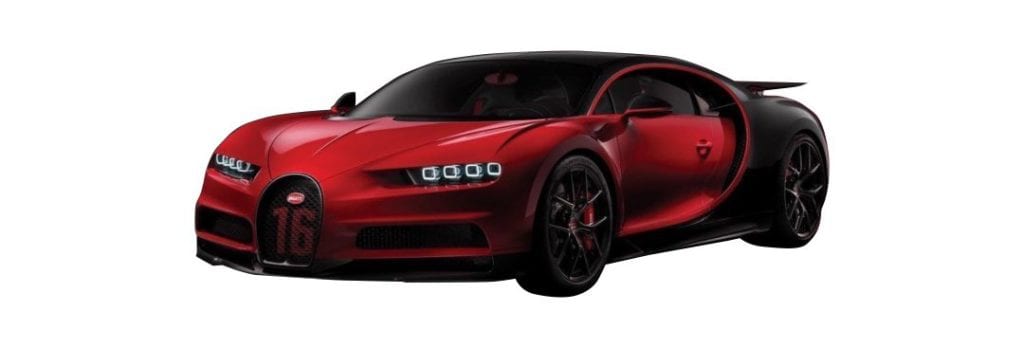
So the (multi) million-dollar question. Which would I take? If you had asked me a month ago I would have said Ferrari LaFerrari all day long. But after viewing an unhealthy amount of Bugatti YouTube content over the past month I’ll have to say Bugatti.
Ask me in a month, and my answer might be different!

